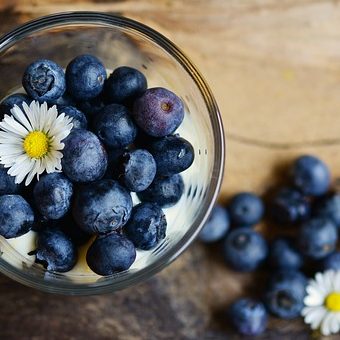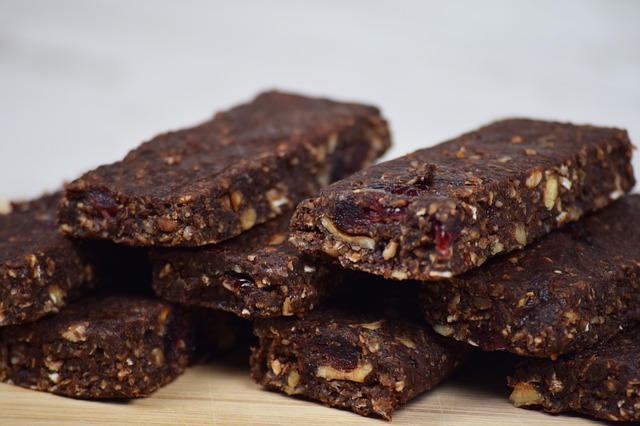Diet and heart health go hand in hand. The American Heart Association notes that a healthy diet and lifestyle are the best weapons to fight cardiovascular diseases, which the World Health Organization says kill more people across the globe each year than any other disease.
Men and women do not need degrees in nutrition science to create heart-healthy diets for themselves and their families. In fact, the familiar calls to “eat your fruits and vegetables” many adults recall from childhood lessons or nights around the family dinner table still bear weight today. A diet that is rich in fruits and vegetables is a hallmark of a healthy lifestyle. And supplementing such a diet with other heart-healthy foods is a great way to reduce one’s risk for cardiovascular disease.
Fruits and Vegetables
The U.S. Department of Health and Human Services notes that fruits and vegetables are healthy whether they’re fresh, frozen, canned, and/or dried. The AHA advises eating fruits and vegetables with every meal and snack, and that may require a little creativity as you sneak them into favorite dishes. For example, the AHA suggests replacing half the ground meat in recipes for burgers, meatloaf or meatballs with cooked chopped mushrooms. The mushrooms can be finely chopped with a knife or food processor, and then sautéed in some olive oil until they’re soft. They can then be mixed in with the lean meat, and the meal can be cooked as it normally would. At the breakfast table, add fruit to a bowl of cereal to make for a more flavorful morning meal.
Dairy Products
When purchasing dairy products, the DHHS recommends sticking to fat-free or low-fat options. Replace whole milk with fat-free or 1 percent milk and buy only fat-free or low-fat cheese. When snacking, reach for fat-free or low-fat plain yogurt or cottage cheese. You can even add fruit or vegetables to such snacks to make snack time even more heart-healthy.
Proteins
Healthy proteins are another way people can promote heart health with their daily diets. When choosing proteins at the grocery store, the AHA recommends choosing chicken and fish over red meats. That’s because red meats, which include beef and lamb, have more saturated fat than chicken and fish. Saturated fats increase blood cholesterol levels and can worsen heart disease, while the unsaturated fats in fish like salmon can actually reduce the risk for cardiovascular issues like heart failure and ischemic stroke. When preparing poultry, remove the skin, as most of the saturated fat in poultry is found just beneath the skin.
Grains
When buying grains, the DHHS recommends reading the ingredients list on the package before purchasing. Make sure whole wheat or another whole grain is the first item listed in the ingredients list, and choose only those products that say 100 percent whole grain. Instead of preparing white rice as a side dish, serve brown or wild rice, quinoa or oats.
A heart-healthy diet is easy to design and just as flavorful as less healthy alternatives.




 percent cocoa.
percent cocoa.

